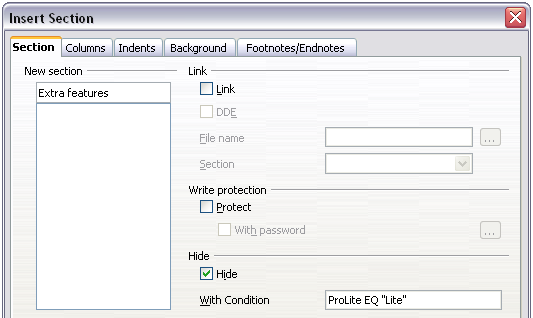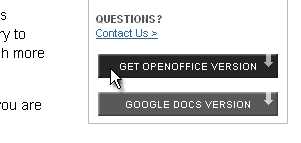

Solution: Create two rules – one for your department, one for all others Scenario 1 (Birthdays tab): You want to highlight all employees in your department who have a birthday this month with Red, and all other departments blue. To follow using our examples, download 04-If-Then Conditional Formatting. Let’s look at a few scenarios to get a sense of how we can create the effect of IF/THEN conditional formatting, even if we can’t use it in the feature itself:

Instead, this would require TWO rules, one for “greater than 10” and one for “less than 10”. What conditional formatting can’t do in a single rule is an IF/THEN/ELSE condition such as “If # is greater than 10 format red, else format green”. Any conditional formatting argument must generate a TRUE result, meaning that at a literal level, your conditional formatting rule is an If/Then statement along the lines of “If this condition is TRUE, THEN format the cell this way”. A question that often comes up among these “conditional formatting addicts” is Can I use If/Then formula to format a cell? If you are a fan of Excel’s conditional formatting feature, you probably find looking for even more and more ways to highlight useful information in your data. *Steps in this article will apply to Excel 2007-2016. By Tepring Crocker Categories: Conditional Formatting, Excel® Tags: If/Then Conditional formatting


 0 kommentar(er)
0 kommentar(er)
